Our journey focused a lot on agile learning experts that completely alter the framework of formal schools to create powerful new forms of learning. Still, in today’s fast-paced world, all schools must adapt to the ever-changing needs of students. Tvier, a secondary Freinet school working within a regular curriculum and standards, embraces this challenge by implementing agile learning tools and philosophy. The school follows a national curriculum but leverages the Freinet pedagogy to make learning more project-based, experiential, self-directed, and agile. We had the opportunity to chat with Bram, a teacher at Tvier, to gain insights into how the school is trying to make room for more self-directed learning and the challenges they experience.
Q: Can you give us an overview of a typical week at Tvier?
A: A week at Tvier starts with a roundtable discussion where students and teachers discuss current events, experiences, and plan their day. Instructional subjects like math, languages, and sciences follow clear learning paths and are methodically offered. The curriculum also includes project-based subjects that encourage students to work on real-world problems, such as history and geography, which are integrated.
Tvier also incorporates self-directed work time and ateliers, where students can work on exercises from instructional subjects or explore their interests within the confines of a framed theme or project. Students receive coaching and guidance during these sessions to help them develop essential life skills like planning, studying, and developing social and emotional competencies.
Q: How does Tvier make room for self-directed learning within a regular school curriculum?
A: At Tvier, we are strong proponents of self-directed learning, as we believe it fosters independent and resilient learners. Our ongoing ambition is to minimize the focus on rigid curriculum objectives, while achieving them and, at the same time, empowering students to independently expand and deepen their knowledge of the learning goals through well-structured projects incorporating self-guided components within defined parameters. We facilitate project weeks, during which students collaborate to establish themes and develop projects.
Furthermore, our ateliers offer an environment for creative discovery and self-directed activities. We have also try to integrate more agile learning methods during designated quiet work sessions to encourage individualized learning. We incorporate on-site learning and work placements for our final-year students, recognizing that agile methodologies can further enhance coordination between these formats. Still, we do not yet make use of agile in that context.
Q: What are the challenges in implementing self-directed learning and how do you address them?
A: Implementing self-directed learning in a large, diverse school is complex. To support individual student interests, the school tries to integrate student ideas into project themes, offers differentiated instruction, and sets aside time for self-guided projects during ateliers. However, striking the right balance between freedom and structure can be challenging. The school is experimenting with agile tools to mitigate this. Despite these efforts, scalability and organizational feasibility are ongoing concerns. The transition to self-directed learning may also pose difficulties for some students and parents who need additional support and guidance, or question the more open and self-directed approach to learning. Nevertheless, the school’s ambition is to remain committed to finding practical solutions and promoting a culture of autonomy in learning.
Q: How does more self-directed learning contribute to better classroom practices?
A: I think agile learning can help us differentiate instruction by allowing students to work at their own pace and pursue their interests. We know that intrinsically motivated students tend to have a higher learning pace, and it could be great if we could maximise that. However, catering to individual needs while managing large groups remains a challenge we still have not found great answers to.
Q: How do students respond to the increased freedom and autonomy?
A: Our experience is that, if we give more autonomy in learning, some students struggle when given more freedom, requiring additional support and guidance to adjust to this new approach. While some students may achieve lower learning outcomes, others experience significant growth and excel, demonstrating the potential of more self-directed learning. The school aims to maintain an open and flexible learning environment, but we struggle to find ways to minimize the amount of students that achieve lower learning outcomes. We find it challenging to find impactful and lasting solutions to boost motivation and activate some students, without forcing them.
Q: How do parents react to implementing more autonomous learning in the school?
A: Parents may question the rationale behind more self-directed learning, especially when other school system aspects remain more traditional and directive. It can be challenging for educators to justify the approach to parents unfamiliar with the benefits of more self-directed learning.
Q: What is the school’s goal and ambition for agile learning?
A: The school aims to create an open and flexible learning environment while addressing practical and cultural challenges. We aim to bring more tangible examples of agile learning into regular education while acknowledging the limitations of traditional structures and the curriculum. However, with dedicated training, we believe we can find a balance between meeting curriculum requirements and allowing students the freedom to learn. Ultimately, our goal is to equip students with the essential skills for lifelong learning and success in the 21st century.
Tvier is an excellent inspiration to learn how agile learning tools can be integrated into a secondary school setting while adhering to the national curriculum. The school’s focus on promoting autonomy in learning, project-based education, and differentiation provides students with a dynamic and enriching educational experience. Despite the challenges of implementing these methods on a wider scale, Tvier’s commitment to its students and innovative teaching approaches offer valuable insights and guidance for other schools looking to adopt agile learning. The Agile for Collaboration team’s call to action is clear: make our project results and training easily accessible and concrete, demonstrating how to integrate agile learning in various educational contexts. This includes not only showing how to use the tools, but also highlighting the potential pitfalls and strategies to maximise the benefits of the agile philosophy in different school environments.
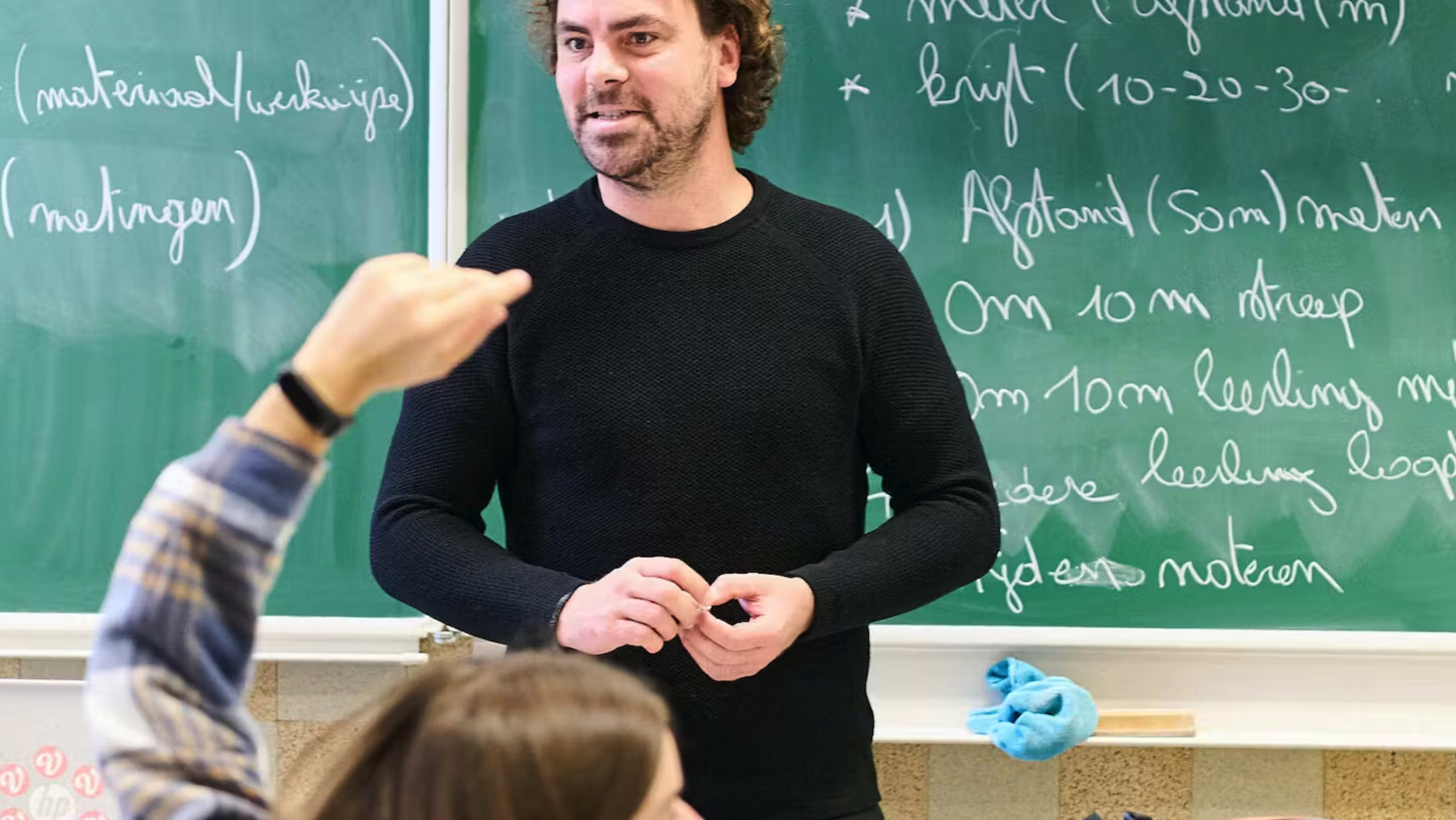


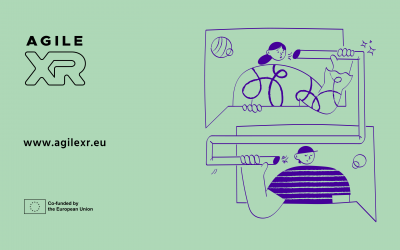
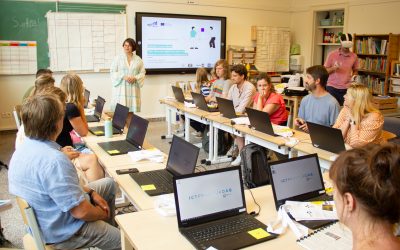

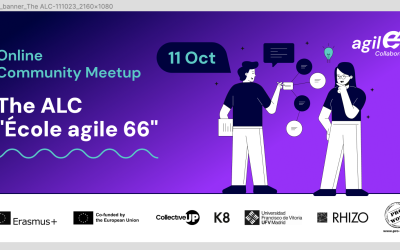



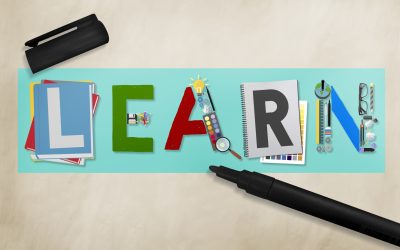
0 Comments